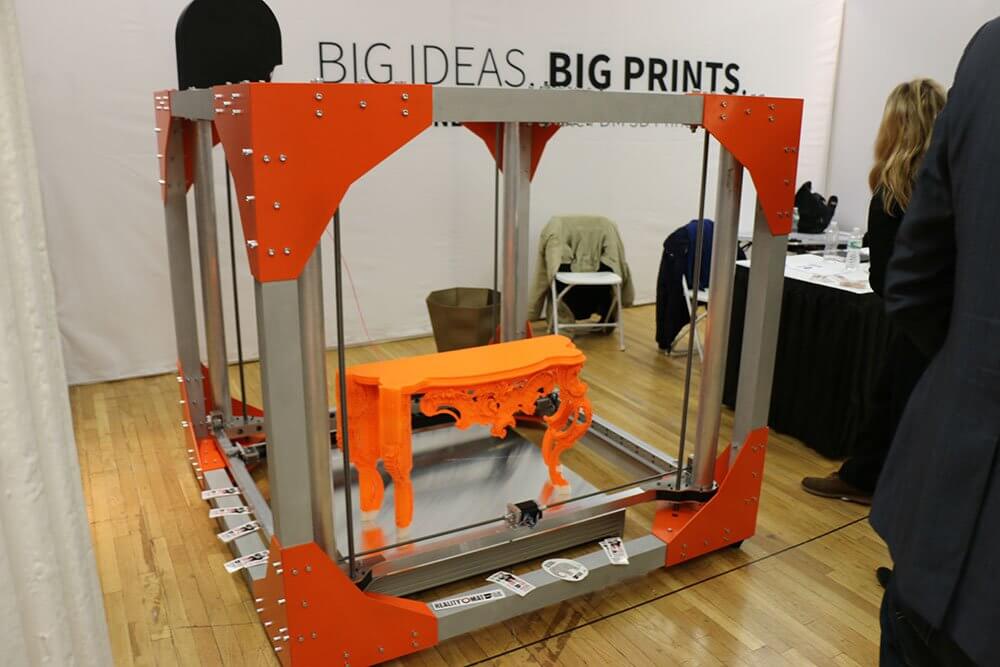I’ve hired a lot of people over the years. I’ve hired journalists and editors. I’ve hired personal trainers. I’ve hired sales
people. I’ve hired commercial housekeeping staffers and I’ve hired independent contractors for various jobs professionally and personally. I’ve always tried to live by the adage of you hire for character (attitude, personality, etc.) and teach skill. The same can go for hiring a designer for your manufacturing process.
In fact, one of the worst reasons to hire a CAD drafter is because he or she has a technical skill or because they know a specific tool – like SolidWorks, for instance. That would be like me hiring a writer because she knew how to use MS Word (or a typewriter in the old days) or a housekeeper because he uses a specific vacuum. The job is more than using a certain tool.
I’m not saying designers can get away with no skill. They, of course, need to know geometry, basics of design, be comfortable with technology and a few other things, but they don’t need to be proficient in your business, they just have to be willing to learn (one of the traits I’ve always hired for).
So, what should a manufacturer look for when hiring a designer? Just remember calculus with these 8 traits that can help you pick the right designer for the job and it sure is easier than:
- Curiosity. The best CAD designers are curious. They want to know what works. Why it works. And maybe, most importantly, what would work better.
- Advocacy. Sure, you want a CAD designer to listen and adapt to your needs. But, he or she is also good at what he or she does (or should be, if you are going to make the hire). This means she may have an idea about how to do something better and will advocate for it. He may think of a way that is cheaper when it comes to production but will uphold the standards you set. Either way, you don’t want a wallflower or yes person if you want the best quality end result.
- Listening. A good CAD designer is able to check their ego (and some certainly have egos, as do all talented people). Good designers are able to listen to wants and make sure that a product delivers what is needed to put out the best results.
- Contextual. A good designer will understand how to integrate his idea with various technologies and aspects of a solution into a product. If you are working on one piece of a product or assembly, the designer has to understand what needs to be done and how his or her work needs to fit within the finished product.
- Utility. Leading mechanical designers (or those that will be) have a desire to take what they know and work to improve upon it. They are truly adaptible to changes in technology, design and other skills associated with the profession. They are also willing to work with manufacturers to make changes to the design to meet the needs of the project.
- Learner. Every job comes with a learning curve. Someone who is dedicated to continual growth in their job is more often than not, the right person for the job. They should always be staying on top of new technology and learning more about work, whether that is designing for the Internet of Things (IoT), getting and learning updates to the new software releases or learning new technique for design for manufacturing (DFM). There is nothing that a good learner cannot be taught, especially by a manager or owner that is willing to take the time.
- Unbound. Designers need to understand the that there are limiting factors due to technology, the manufacturing process, marketing and the needs of the client. However, a real problem-solver is not handcuffed by these limitations. They find a way to work within them. He or she is unbound by what has come before and is willing to chart a new course.
- Solver. CAD designers are responsible for finding solutions. All the observation, listening, adapting (well, you get the point) would be a waste of time and effort if it didn't lead to a design solution. It is vital that the designer is willing to not only learn the problem you are trying to fix, but is able to take action to help produce a part or product that works for the needs of you, your customers and the end-user.
In the end, there is no perfect manufacturing CAD designer. Heck, there is no perfect employee. However, by looking for the foundation of a really good designer and taking the time to develop the technical and other company- and job-specific skills, you’ll be on your way to having someone that is pretty darn close.
So what do you look for in a CAD designer? Let us know in the comments below.

